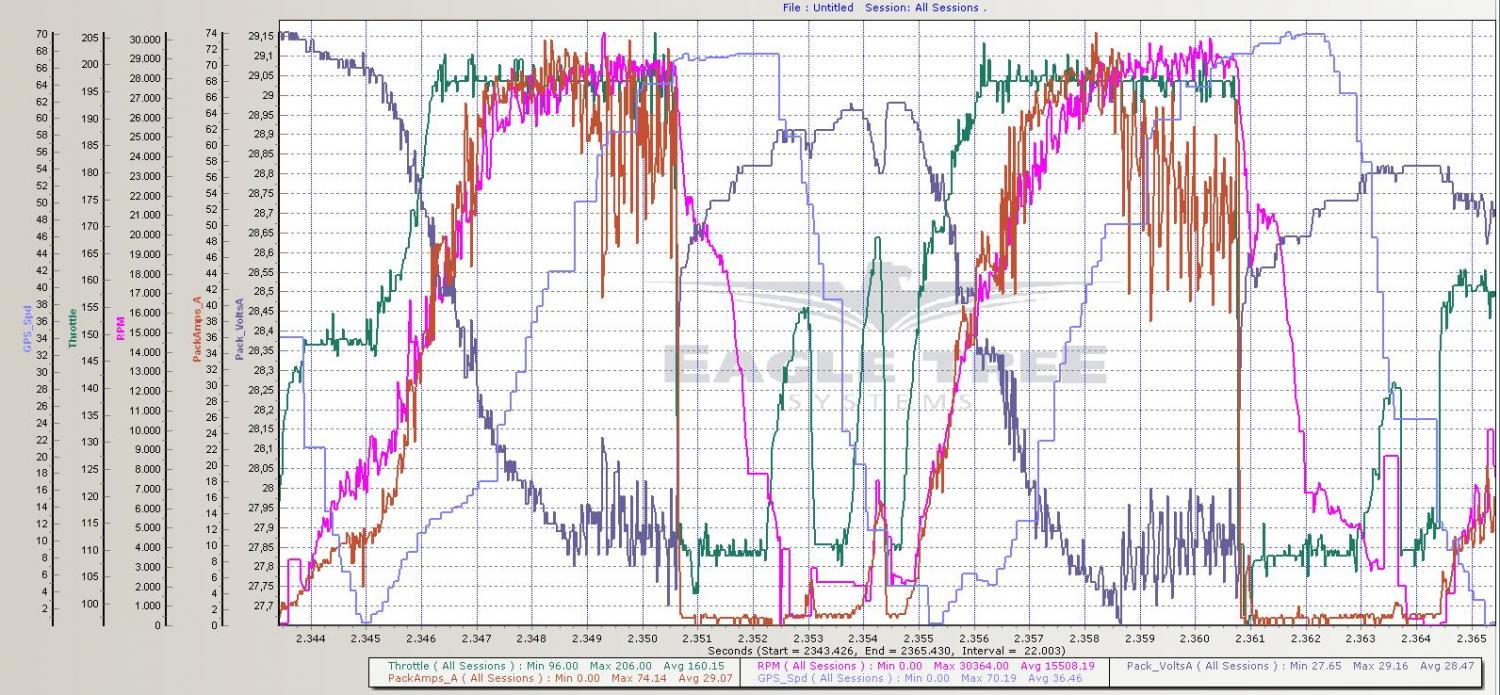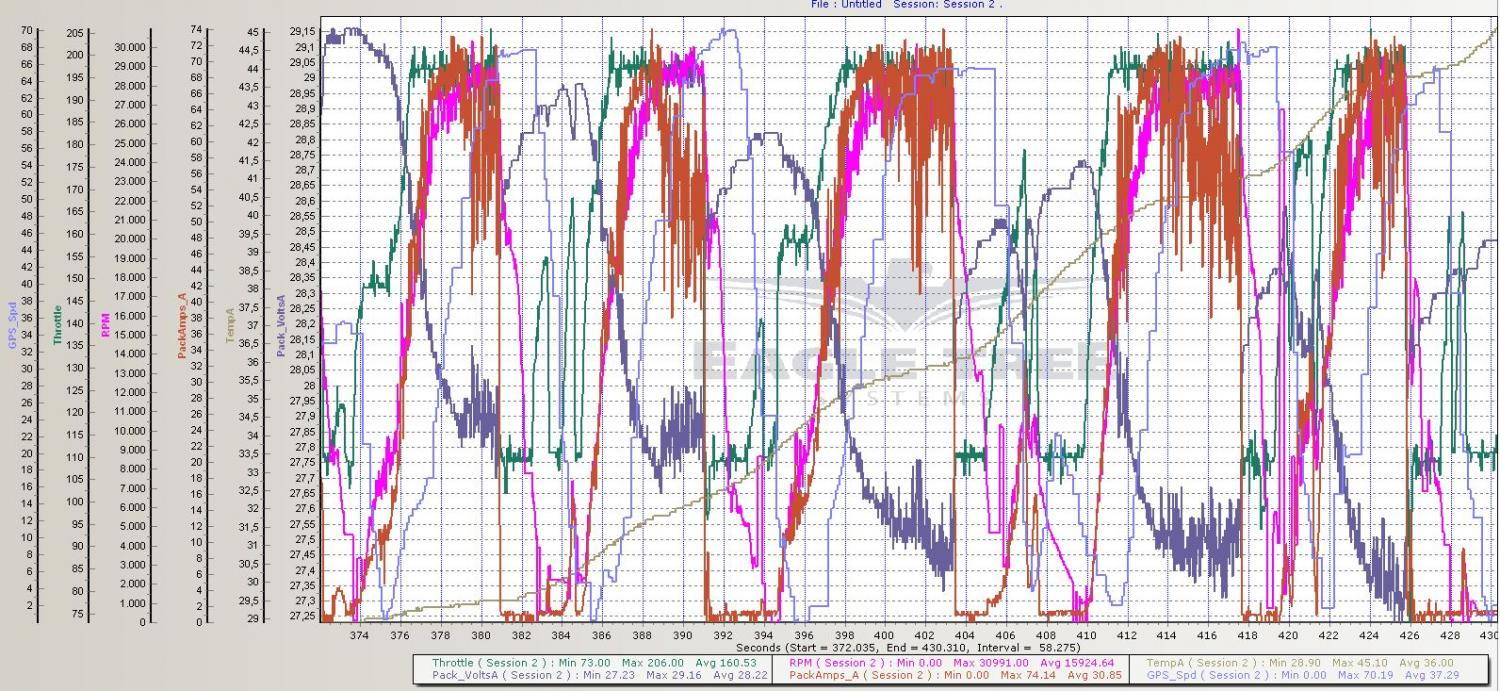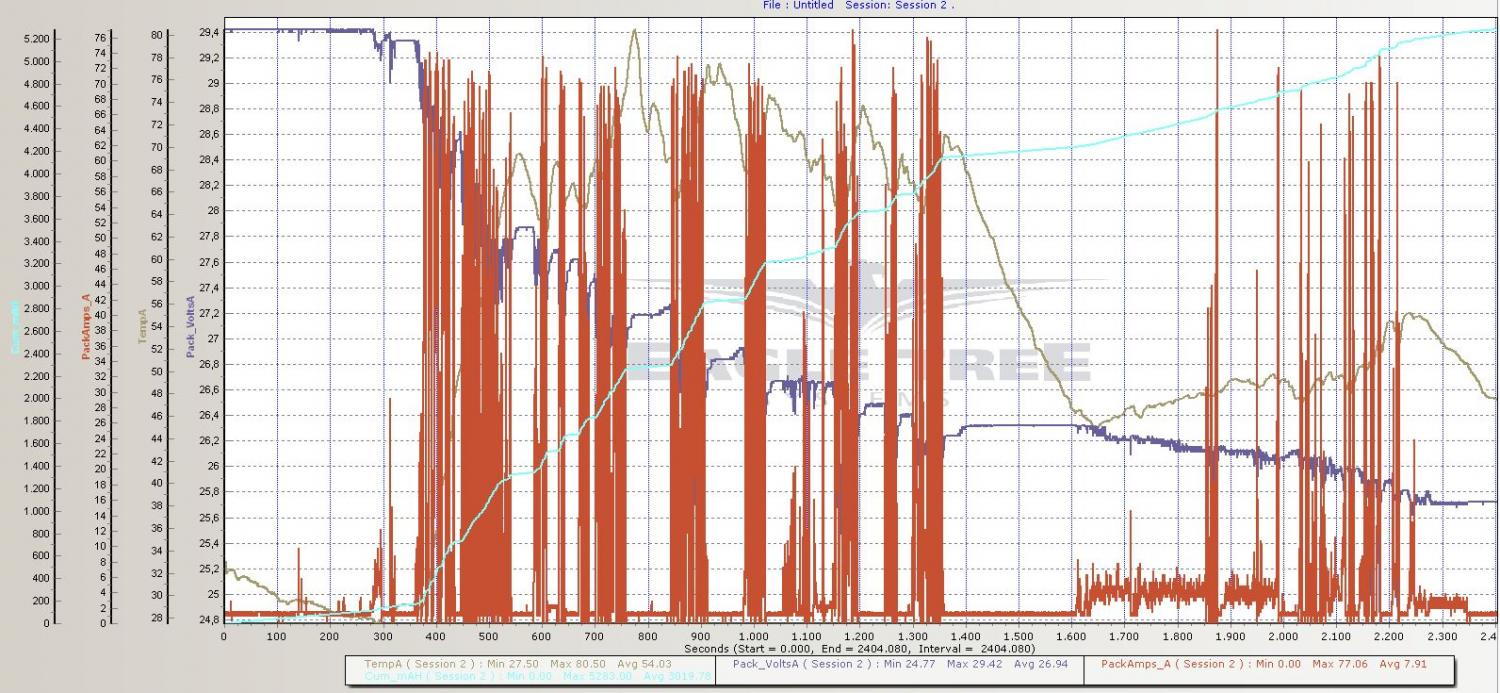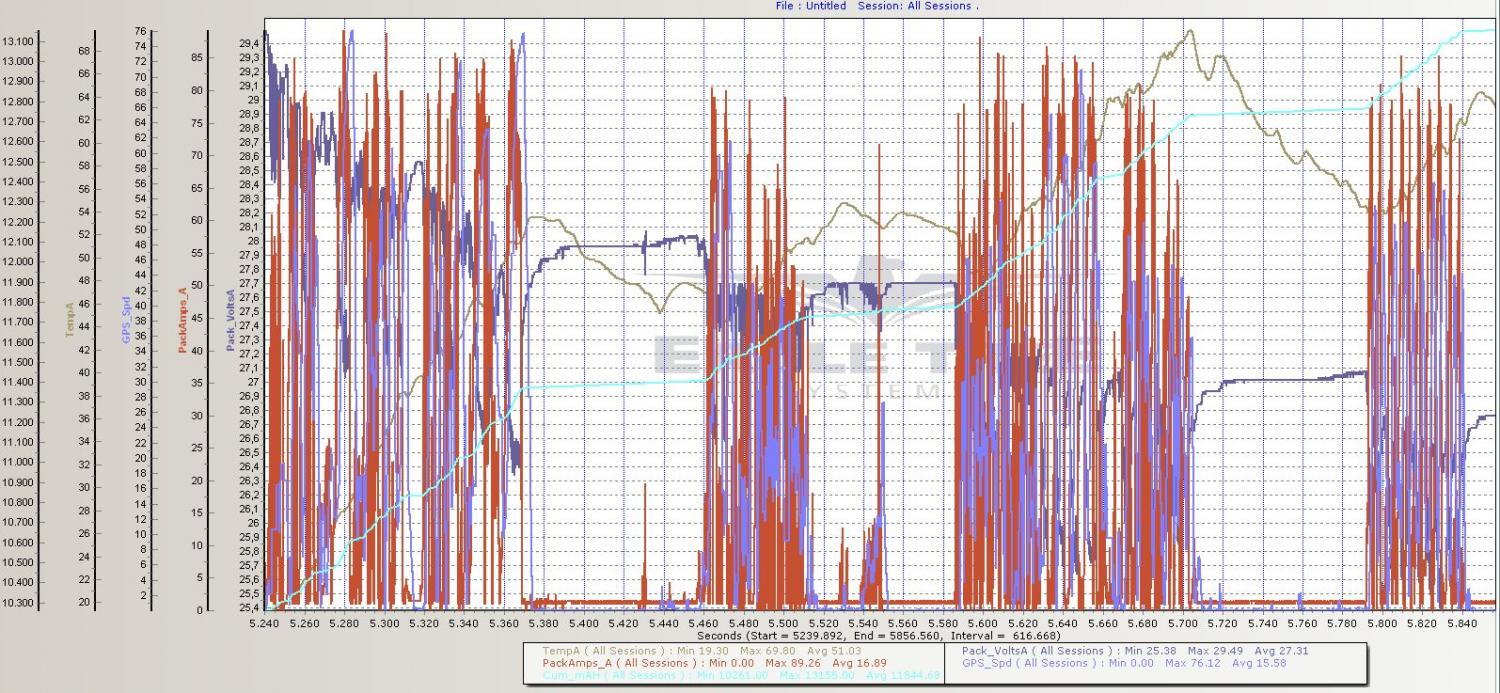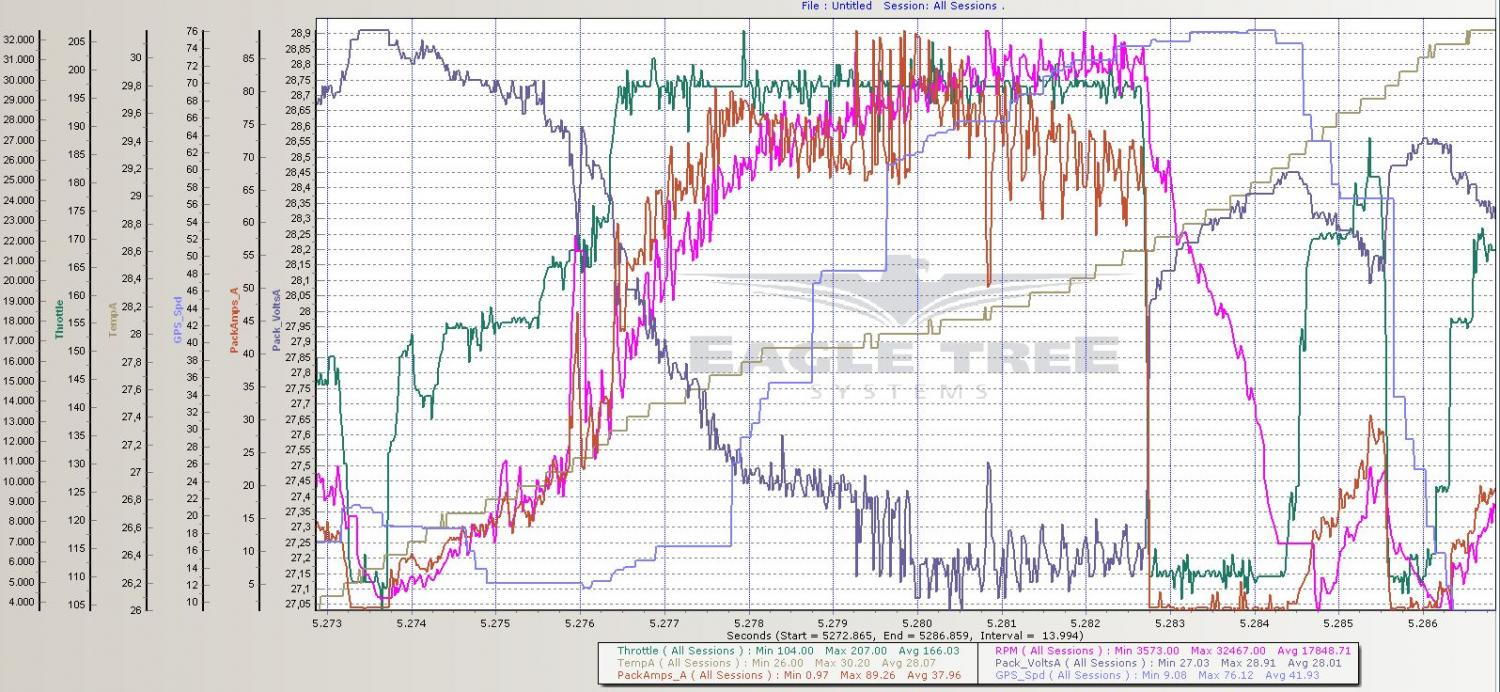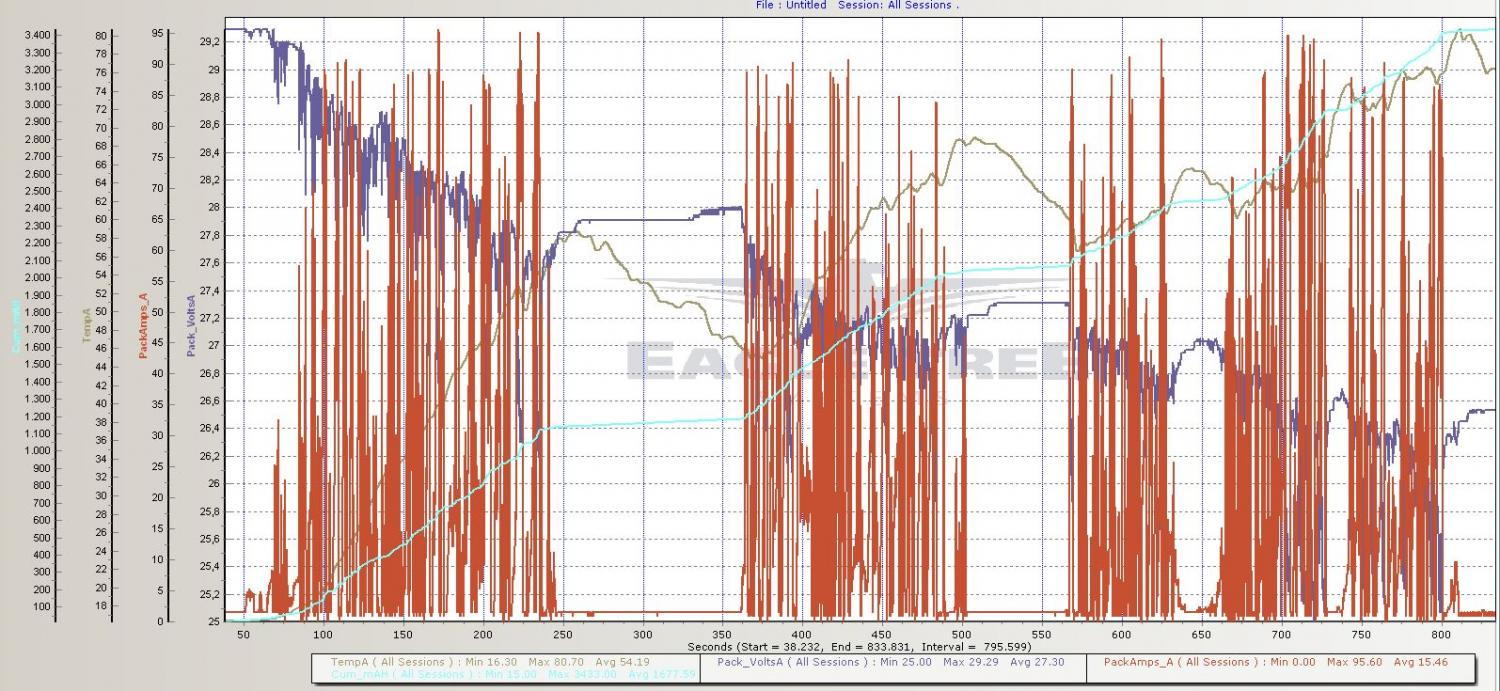erwincoumans said:I would like to reproduce this, because I already have 10 VESCs waiting to be patched. Can you please share another picture of the patch with the full PCB? Did you patch both shunts?vedder said:I did manage to get rid of much of the hardware problem with a patch:
http://home.vedder.se/public/pictures/VESC_Shunts/mod_fix_1.jpg
http://home.vedder.se/public/pictures/VESC_Shunts/mod_fix_2.jpg
How can the nRF24L01+ be connected to the current VESC 4.7, I didn't find any pinout.replaced the pwr_comm connector with a 7 pin connector so that the NRF can be connected only using that one
Finally, the latest BLDC_Tool has a UDP connection option. How does that exactly work? Should we have a UDP server that routs the packages from VESC to BLDC_Tool? It would be great to have some example UDP server or description of the connection protocol.
Thanks for keeping up the updates Benjamin, looking forward to VESC 4.8 with FOC and possibly position controlled BLDC motors.
Erwin
I don't know if you need the patch and the way I did it is not nice. It could behave differently with FOC. Only one of the shunts is patched. Also, I don't know if the problem is fixed on the new PCBs.I would like to reproduce this, because I already have 10 VESCs waiting to be patched. Can you please share another picture of the patch with the full PCB? Did you patch both shunts
I think I posted the pinout somewhere.How can the nRF24L01+ be connected to the current VESC 4.7, I didn't find any pinout.
CE -> Tied to VCC
CSN -> The servo input (you have to remove the lowpass filter on the servo input)
SCK -> The ADC_EXT pin
MOSI -> The SDA pin
MISO -> The SCL pin
IRQ -> not connected
VCC -> VCC
GND -> GND
With version 4.8 you can connect CSN to the same header and you don't have to modify the servo input. You could also connect CSN to one of the SWD pins and turn off SWD and use the pins as gpio.
Here is a UDP server that you can use:Finally, the latest BLDC_Tool has a UDP connection option. How does that exactly work? Should we have a UDP server that routs the packages from VESC to BLDC_Tool? It would be great to have some example UDP server or description of the connection protocol.
https://github.com/vedderb/udp-uart-bridge
I was thinking of adding a wifi module to the VESC and connecting to it that way, but I haven't done that yet. For now you could run the server on e.g. a raspberry pi or some other small limux computer.


